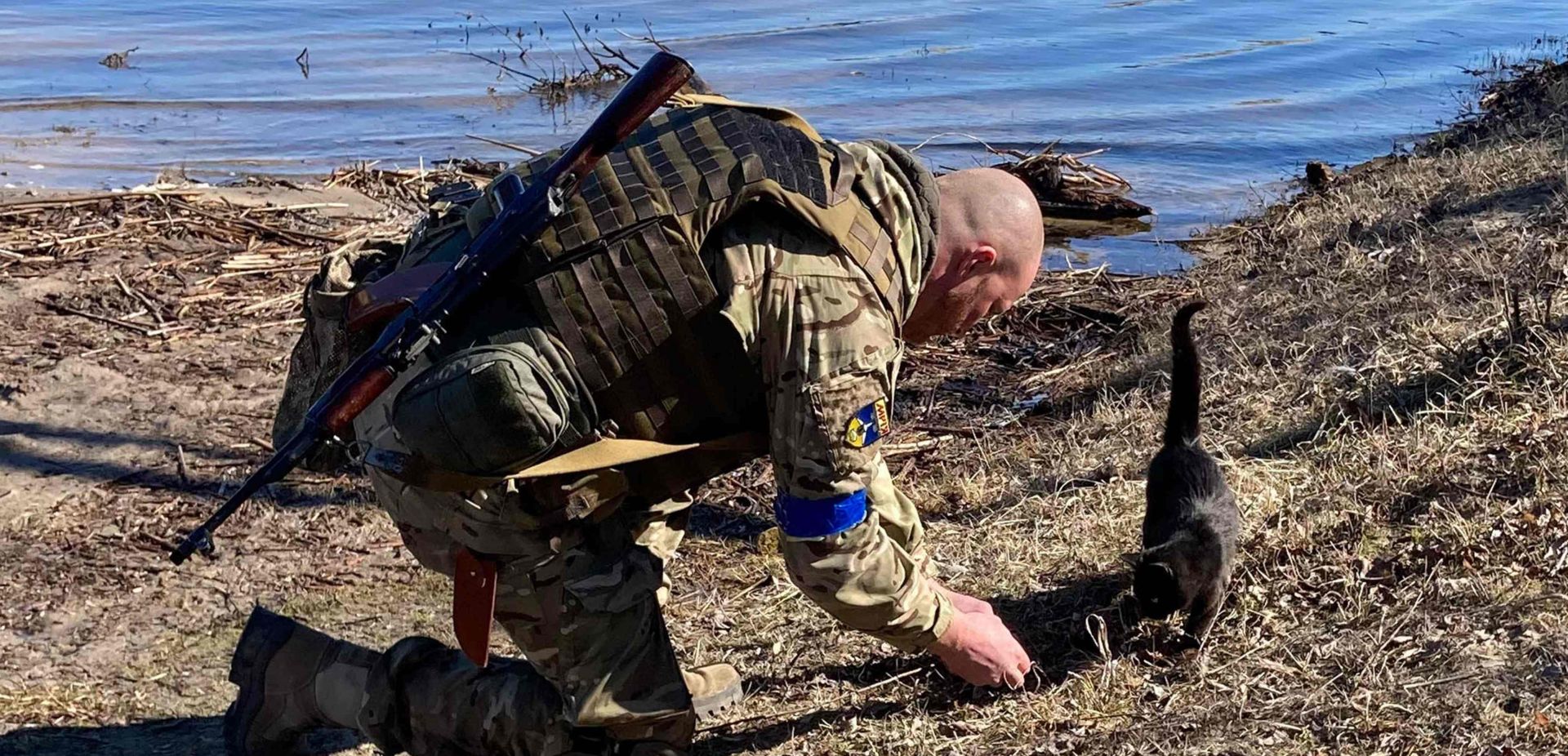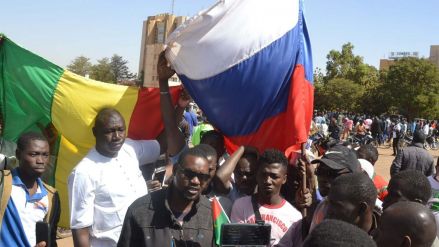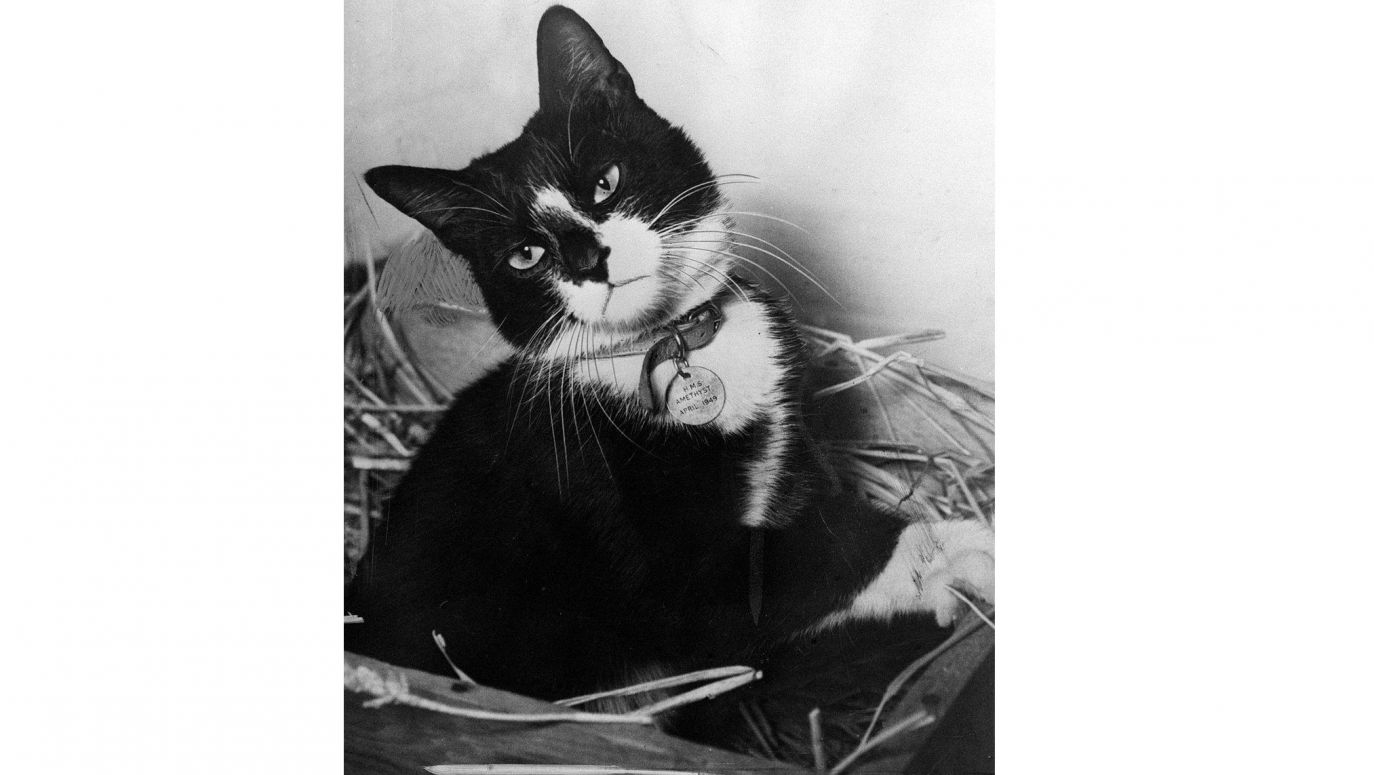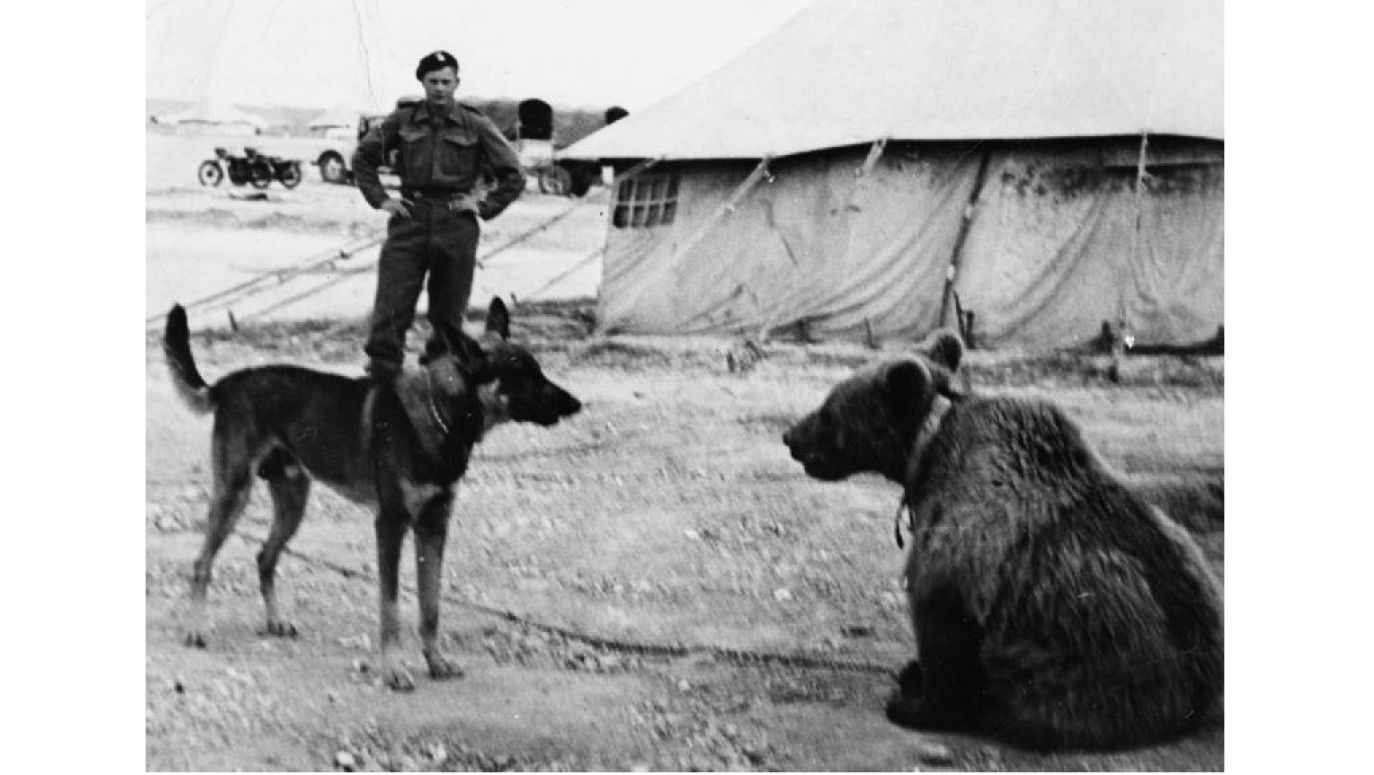Elephants, carried with Hannibal's army across the Alps during the Second Punic War, and three modern dogs – Kuno, Leuka and Hertz – divide everything: species, time (over two thousand years), tasks. African elephants transported equipment and were also supposed to frighten Roman legionaries. Dogs accompanying soldiers fighting terrorists, especially in Afghanistan, assist soldiers by detecting electronic devices and, when necessary, attacking enemies. Yet something, over centuries, unites dogs and elephants. It is participation in war. br>
It is not known how the Carthaginian warriors rewarded elephants for their martial merits. Perhaps they must content themselves with the fact that they went down in history as perhaps the first animals whose participation in warfare is well known.
 WAR IN UKRAINE
WAR IN UKRAINE 
They were not the first, but knowledge of the use of cats by the Persian army in the war against Egypt or of the Capitoline geese is not common. So let us recall that in 525 BC. Persians easily won the battle of Pelusium thanks to the fact that they cleverly placed cats in the first line, assuming that the Egyptians would not dare to attack the sacred animals. Geese saved the Roman Capitol from the Celts in 390 BC, waking up its defenders with their clucking.
Today's times are kinder to animals and the dogs – two Belgian Shepherds and one German Pointer – have been duly recognised. They were awarded the Dickin Medal for their services in the War on Terror. This British military decoration, the equivalent of the Victoria Cross, has been awarded since 1943 to animals that have rendered outstanding service during wars. "For bravery. We also serve" – the inscription, surrounded by a laurel wreath, captures the essence: they serve like soldiers and like them are capable of great acts. br>
In war, however, as in war: animals share the fate of humans. They lose their homes and sense of security. They go on wandering. They suffer, get injured and die. They can be heroes, but much more often they are victims of warfare.
Kiev cat brigade
Cream-coloured Romeo is one of many dog victims of the war in Ukraine. He was found in the city of Dnipro. It is not known whether he had a home. He was wounded. Hit by shrapnel during a bombing, he lost his back paw. But in this misfortune he was very lucky. He was picked up from the street by volunteers and transported to Poland, where he ended up in Aleksandrów Łódzki, where he was given a position at the municipal office. He will accompany the female dog Julia, who was brought here earlier, hence his name.
It is difficult to think about the war in Ukraine without reflecting on the fate of animals. Dogs and cats, left to their fate, wandering between destroyed houses. Wild animals whose fate hangs in the balance in zoos, because even if by some miracle they survive the bombing, they will have to be put to sleep if there is a risk that they might escape into the wild – all it takes is for the fences and cages to be destroyed. Farm animals, killed, for fun I guess, by Russian uniformed troopers (hard to call them anything else). There is probably no one who would not be moved by the sight of cats and dogs, carried or led by refugees. An animal is a member of the family, how can it be abandoned to misery and an uncertain fate?








